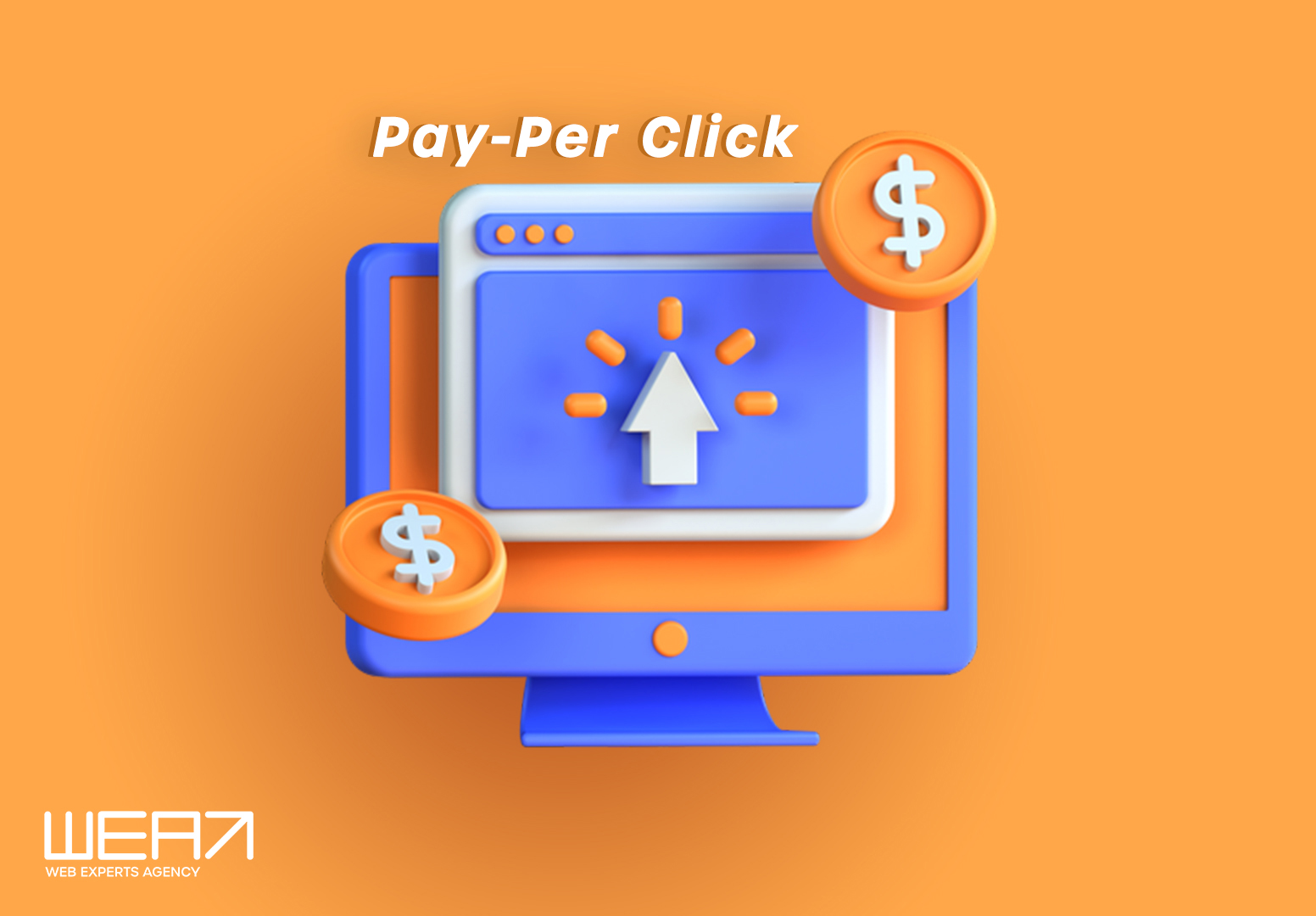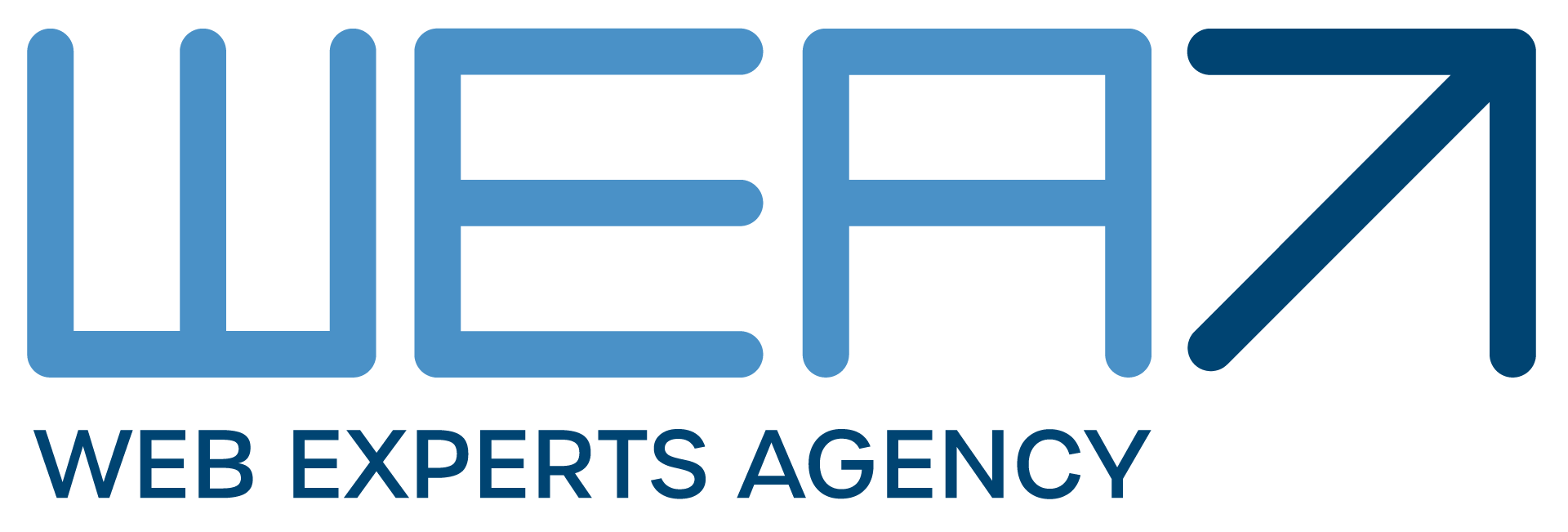
Promoting their products online. The more clicks, the higher the revenue. An effective way to reach customers.
PPC Marketing: A Strategic Approach
PPC marketing is the most popular digital marketing format. As a business cannot solely rely on organic or word-of-mouth publicity, it must establish its presence through other means. Companies pay to be visible to their target group so that when people need a product or service, theirs is the first name people see. The more the brand appears in front of them, the higher the chances of them approaching for purchase, and similarly, the higher the chances of conversion.
The Role of Search Engine Results Page (SERP)
Specifically, when people search for a query on a browser, they see specific results on top of the search engine results page (SERP). These are the ad spaces that businesses bid for, and the competition is cut-throat. After the 2 or 3 ads relevant to the query keywords appear, the organic results, but these require very high authority scores for the displayed webpages.
So, to bypass or otherwise compete with organic results, businesses need to use effective PPC campaigns. But browsers are not the only platforms where PPC works. If you want to advertise on any digital platform, you can use PPC to expand your reach.
Understanding Pay-Per-Click Advertising
Let us logically understand PPC advertising and how businesses can maximize this approach.
What is Pay-Per-Click Advertising?
Pay-Per-Click (PPC) advertising is a digital marketing model in which advertisers pay a fee each time their ads are clicked. It’s a way to buy website visits rather than organically earn those visits. PPC ads are commonly seen on search engines, social media platforms, and websites, and they can provide businesses with a targeted way to drive traffic and conversions.

Making PPC advertising work
PPC advertising allows businesses to reach a targeted audience, control costs, and achieve specific marketing objectives. However, successful PPC campaigns require careful planning, research, monitoring, and refinement to achieve the desired results.
Here’s how PPC advertising works:
1. Setting Up a Campaign:
Advertisers begin by creating a PPC campaign on a platform like Google Ads (formerly Google AdWords), Microsoft Advertising, or social media platforms like Facebook, Instagram, or LinkedIn. They select the target audience, location, keywords, demographics, and other parameters determining who sees the ads.
2. Selecting Keywords:
Advertisers choose keywords relevant to their products or services for search engine-based PPC. When users search for those keywords, their ads can appear in the search results. A key point to remember is that companies can instead go for multiple relevant low-volume keywords rather than bidding for high search volume keywords that are often costly. This approach is certainly budget-friendly and allows greater coverage of intent-oriented keywords.
3. Creating Ad Content:
Advertisers create ad content, including headlines, descriptions, images, and calls to action. This content is designed to attract users’ attention and encourage them to click on the ad.
4. Setting a Bid:
Advertisers place a maximum bid for each click on their ads. This bid represents the maximum amount they will pay for their ad when users click on it. The actual cost per click (CPC) can vary based on factors like competition, ad quality, and relevancy.
5. Ad Auction and Placement:
An ad auction occurs when a user searches for keywords that match the advertiser’s chosen terms. The search engine’s algorithm considers the bid, ad quality, relevance, and other factors to determine which ads are shown and in what order.
6. Displaying Ads:
If the advertiser’s ad wins the auction, it is displayed to the user. These ads often appear on search engines at the top or bottom of search results. On social media, they might appear in users’ feeds, stories, or sidebars.
7. User Clicks and Landing Pages:
When a user clicks on the ad, they’re directed to a landing page on the advertiser’s website. This landing page is designed to fulfill the user’s expectations, provide relevant information, and encourage conversions (e.g., purchases, sign-ups, inquiries).
8. Measuring Performance:
Advertisers use various metrics to track the performance of their PPC campaigns, such as:
- conversion rate,
- click-through rate (CTR),
- cost per conversion, and
- return on ad spend (ROAS).
This data helps them optimize their campaigns for better results.
9. Optimizing and
Refining:
Advertisers can adjust their ad campaigns based on the performance data. They might modify keywords, ad content, bidding strategies, and targeting options to improve the campaign’s efficiency and effectiveness.
10. Budget Management:
Advertisers set a daily or monthly budget to control their ad spend. The ads stop appearing once the budget is exhausted until the budget is reset or adjusted.
11. Ongoing Maintenance:
PPC advertising requires ongoing attention and optimization to ensure that campaigns remain effective and aligned with business goals.
How does one get started with Pay-Per-Click Advertising?
Getting started with Pay-Per-Click (PPC) advertising involves several steps to set up and launch your first campaign.
Here’s a step-by-step guide to help you begin your PPC advertising journey:
1. Define Your Goals:
Determine your marketing objectives.
- Are you aiming to increase website traffic?
- Are you aiming to generate leads?
- Are you aiming to boost sales?
- Are you aiming to raise brand awareness?
You must clearly define your marketing goals in accordance with your priorities and budget to shape an effective PPC strategy.
2. Choose a Platform:
Choosing a PPC platform you want to use is vital. The most popular options include Google Ads (for search and display ads), Microsoft Advertising (for Bing search), and various social media platforms like Facebook, Instagram, LinkedIn, and Twitter.
3. Research Your Target Audience:
Identify your target audience’s demographics, interests, behaviours, and preferences. You will be able to create highly targeted campaigns with the help of this information.
4. Conduct Keyword Research:
For search engine-based PPC (Google Ads, Microsoft Advertising), conduct keyword research to identify relevant keywords that your audience might use when searching for products or services like yours.
5. Create Compelling Ad Content:
Craft attention-grabbing ad copy with compelling headlines, engaging descriptions, and clear calls to action. For your content to resonate with your target audience’s needs and preferences, you must tailor it accordingly.
6. Set Up a Budget:
Determine your budget for the campaign. Set a daily or monthly budget that aligns with your marketing goals and business resources.
7. Select Campaign Type:
Choose the appropriate campaign type based on your goals. Common campaign types include Search Ads (text-based ads shown in search engine results), Display Ads (image or text-based ads on websites), and Social Ads (ads on social media platforms).
8. Choose Keywords and Targeting Options:
Select relevant keywords for search campaigns. Define your target audience for display and social campaigns using demographics, interests, behaviour, and location.
9. Set Bids and Budgets:
Determine your maximum bid for keywords or placements. The bid influences ad placement and visibility. Set a budget for the campaign to control your spending.
10. Create Landing Pages:
Design dedicated landing pages on your website that align with the ad content and offer a seamless user experience. Landing pages should provide the information visitors are seeking and encourage conversions.
11. Set Up Conversion Tracking:
Implement conversion tracking codes on your website to monitor actions that align with your goals, such as purchases, sign-ups, or downloads. This helps you measure campaign effectiveness.
12. Optimize and Refine:
Based on the performance data, make adjustments to improve your campaign’s results. Modify ad content, adjust bids, and refine targeting to maximize ROI.
13. A/B Testing:
Test different ad variations, keywords, and landing page layouts to identify what works best for your audience. A/B testing helps you refine your approach over time.
14. Continuous Improvement:
PPC advertising requires ongoing maintenance and optimization. Regularly review your campaigns, make data-driven decisions, and adjust strategies.
Starting with PPC advertising may seem overwhelming. Consider seeking assistance from PPC experts or digital marketing professionals if you’re new to the field or looking for expert guidance.
What types of PPC advertising are available?
Several types of Pay-Per-Click (PPC) advertising are available, each catering to different goals and targeting methods.

Here are the main types of PPC advertising:
1. Search Engine Advertising:
Search Ads:
These are text-based ads displayed at the top or bottom of search engine results pages (SERPs). They appear when users search for specific keywords related to your business. Google Ads and Microsoft Advertising (formerly Bing Ads) are popular platforms for search ads.
2. Display Advertising:
Display Ads:
These visual ads (image, video, or interactive) appear on websites within the Google Display Network or other ad networks. Display ads can be targeted based on demographics, interests, and user behavior.
3. Social Media Advertising:
Social Ads:
Platforms like Facebook, Instagram, LinkedIn, Twitter, and Pinterest offer social media advertising. These ads appear in users’ feeds, stories, sidebars, and other placements. Social ads allow precise audience targeting based on demographics, interests, and behaviors.
Sponsored Content:
These ads blend seamlessly with organic content on platforms like LinkedIn. They appear in users’ feeds alongside regular posts.
4. Video Advertising:
YouTube Ads:
Video ads on YouTube can be skippable or non-skippable and appear before or during videos. Advertisers can target users based on demographics, interests, and viewing behavior.
In-Stream Ads:
These video ads play before or during videos on various websites, not just YouTube.
5. Shopping Ads:
Google Shopping Ads:
These showcase products from your online store directly in Google search results. They display product images, prices, and a link to your store.
Bing Shopping Ads:
Similar
to Google Shopping Ads, these ads appear in Bing search results.
6. Remarketing or Retargeting Ads:
Remarketing Ads:
These ads target users who have previously visited your website but didn’t convert. They display tailored ads to remind users about your products or services.
Dynamic Remarketing Ads:
These ads show specific products or services users previously viewed on your website, providing a more personalized experience.
7. Native Advertising:
Native Ads:
These ads blend in with the content on a platform and match the user experience. They appear as sponsored content on websites, social media platforms, and other online spaces.
8. App Advertising:
App Install Ads:
These ads promote mobile apps and encourage users to download them from app stores like Google Play or the Apple App Store.
App Engagement Ads:
These ads target users who have already installed your app, encouraging them to engage with it or take specific actions.
Each type of PPC advertising has its strengths and is suited for different marketing objectives and target audiences. Advertisers can choose the types that align with their goals, audience preferences, and available resources. It’s important to carefully plan and tailor your campaigns for each kind to maximize their effectiveness and achieve desired outcomes.
Conclusion
PPC is a cost-effective method for advertisers to reach their target audience. Advertising through PPC websites allows businesses to get the word out about their products or services without spending money on traditional media outlets. The key takeaway from this article should be clear: pay-per-click advertising is about getting potential customers to your website. It can be used by companies who want an additional way to promote themselves as a part of their overall marketing or sales strategy. Be it creating awareness about their brand or for boosting organic SEO, PPC is the way to go.




